Lately, NASA has entered into a contract with Elon Musk's SpaceX, worth a staggering $843 million, to facilitate the decommissioning of the International Space Station (ISS).
This choice is an important move to ensure a seamless transition as the well-known space station nears the end of its active period.
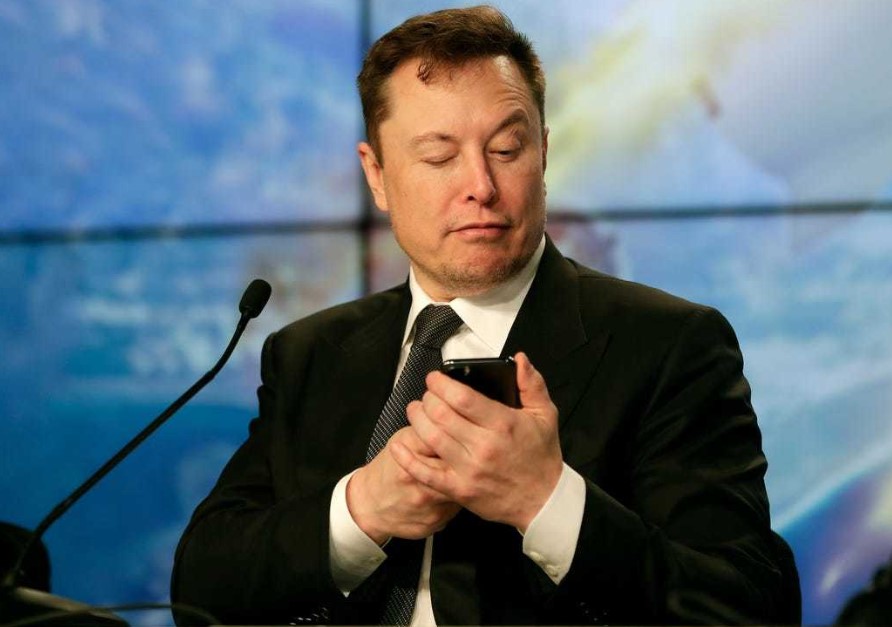
Elon Musk's SpaceX receives $843M contract for crashing International Space Station into Earth
The primary objective of this collaboration is to design a specialized "deorbit" vehicle that will safely bring the ISS down to a lower orbit upon the cessation of its operations in 2030.
NASA has partnered with SpaceX to utilize its knowledge and skills to remove any possible dangers the space station may pose to populated regions.

This collaboration prioritizes the safety and welfare of communities on Earth.
The retiring process for satellites can be approached in various ways.
Some are allowed to burn up in the atmosphere during re-entry, rendering them harmless. Others are cast off into deep space, drifting away from our planet.
However, the ISS falls into a third category where it will be intentionally deorbited and crashed into the vast expanse of the Pacific Ocean, far away from any populated regions.
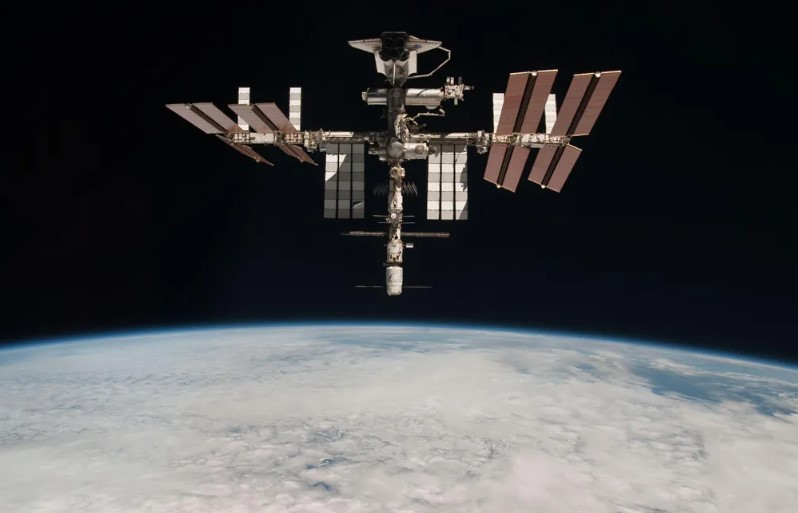
Ken Bowersox, the associate administrator for the Space Operations Mission Directorate at NASA Headquarters in Washington, expressed the significance of selecting a suitable US Deorbit Vehicle for the ISS.
This choice not only ensures a safe and responsible transition in low Earth orbit but also aligns with NASA's future plans for commercial destinations and the continued utilization of space near Earth.
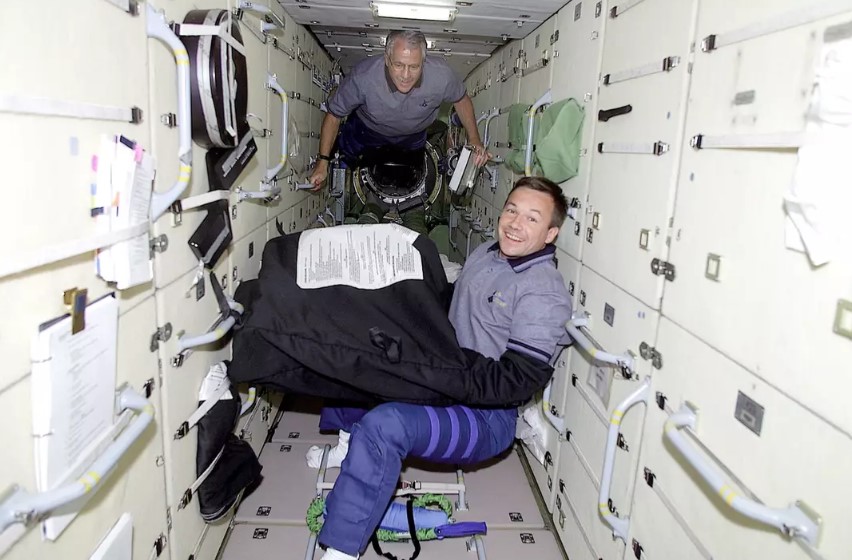
Bowersox emphasized ISS as a symbol of exploration, collaboration, and benefiting humanity.
Bowersox emphasized that the ISS would remain an enduring symbol of scientific exploration, international collaboration, and partnerships in space, benefiting humanity as a whole.
Since it was first created, the ISS has been a shining example of countries working together, showing unity in a world that is often divided.
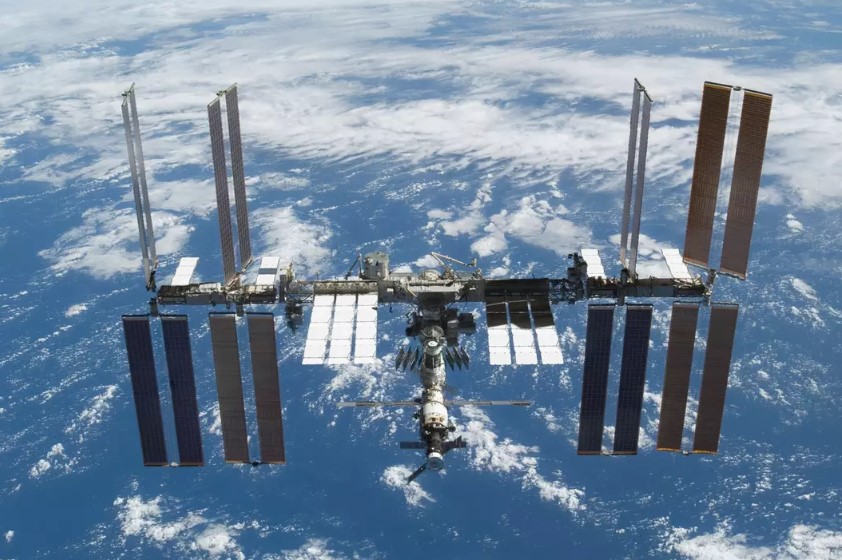
Astronauts from different nations have visited the station, carrying out important tasks like observing, conducting experiments, and engaging in educational activities.
There are even hobbyists who have tried to communicate with the ISS using radios as it move across the sky.
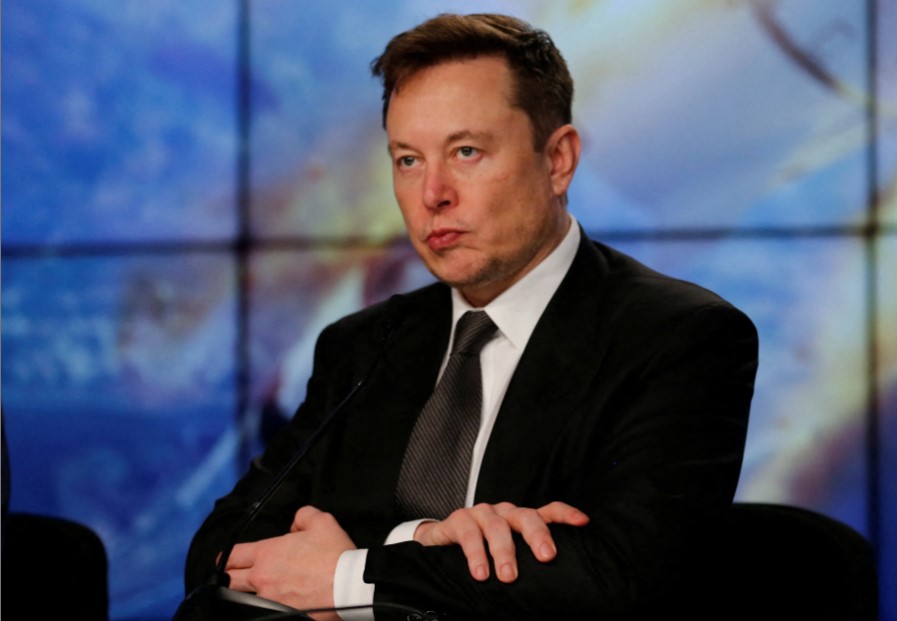
As the ISS approaches its retirement in 2030, marking the end of an era, the future of space exploration beyond it remains uncertain.
Some advocate for the development of a successor station, while others highlight the cost-effectiveness and simplicity of utilizing robotic missions for scientific endeavors.






